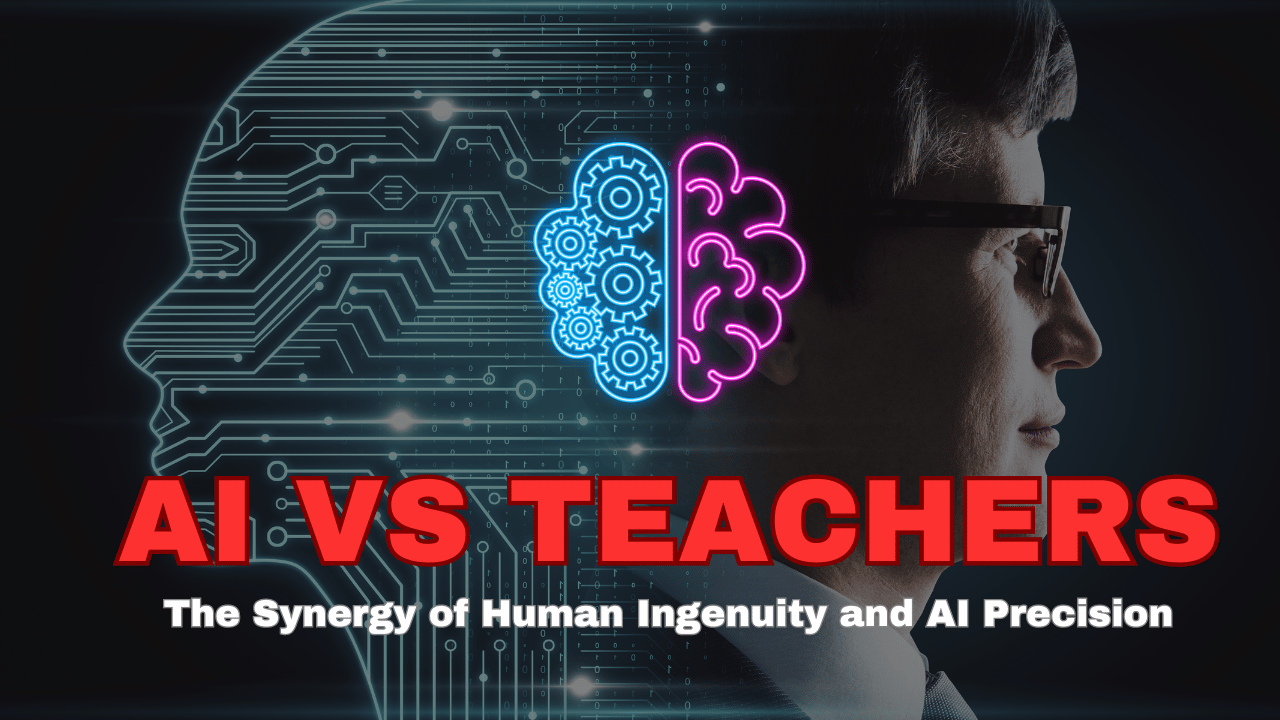Suppose there is a class full of students and the environment is full of activities. Students are gathered around tablets, one group is passionately debating a historical event that was reconstructed with the help of VR, the second group is using an ITS to work with climate change data. This is not a scene from a movie but the future of education where the use of Artificial Intelligence (AI) is becoming more and more widespread. But with this exciting prospect comes a crucial question: how can we prepare educators for the effective management of this new age of artificial intelligence?
Do not despair, fellow education enthusiasts! The adoption of AI does not necessarily mean the extinction of the teacher. Indeed, it offers a great chance to engage educators and improve the learning process for students. Here’s how we can prepare our amazing teachers for this exciting new chapter:
Demystifying the Machine: Admit it, the term AI can be scary. Thus, the first intervention is to ensure that teachers have a clear understanding of what AI is and is not. What we require are workshops and training sessions that demystify the concepts, describe the learning process of the AI tools, and demonstrate the possibilities of their application in the educational context. It is like providing teachers with an operating manual for this new and rather complex tool.
Focus on Functionality, Not Futurism: Rather than spending time on the question of what if AI, let us focus on the possibilities of AI. Teacher training should be directed towards how they can incorporate AI technologies such as adaptive learning applications, grading applications, and simulation games into their teaching plans. Think of a teacher who is relieved from time-consuming activities such as marking multiple choice tests and instead spend more time with individual students and help them gain a better understanding of the subject matter.
Developing the Human Edge: AI is good in handling data and providing information, but it lacks the human factor. Our teachers are the life of the classroom, they are the ones who nurture our students, teach them how to think and be kind. Such human qualities should be stressed in training programs and teachers should be given the ability to use AI as a tool to support their work. AI can be thought of as an enhanced helper that relieves the burden from teachers and allows them to do what they were trained for – educate children.
Building a Culture of Collaboration: The transition to AI infused classrooms is best understood as a collective process. It is also important to encourage the teachers to discuss their experiences, achievements and issues related to the use of AI tools to create a rich learning environment. Think about how social media groups or continuing education sessions would be filled with discussions and strategies for integrating AI into different content areas.
Lifelong Learning for Lifelong Educators: AI is a rapidly growing field in the world of technology and therefore it is dynamic. In order to be prepared for these changes educators must have access to professional development that is current with the advances in Artificial Intelligence and its uses in education. You can consider it as an ongoing professional development process for teachers, which guarantees their constant relevance in the sphere of education.
Preparing educators for the age of AI is not only about tools, but about the vision of the world where education is effective, fun, and available for everyone. Thus, promoting the culture of understanding, cooperation, and learning, we can guarantee that teachers will always be the indispensable companions on every learner’s educational journey. After all, in this exciting new era of AI-powered classrooms, the human touch will be more valuable than ever.
